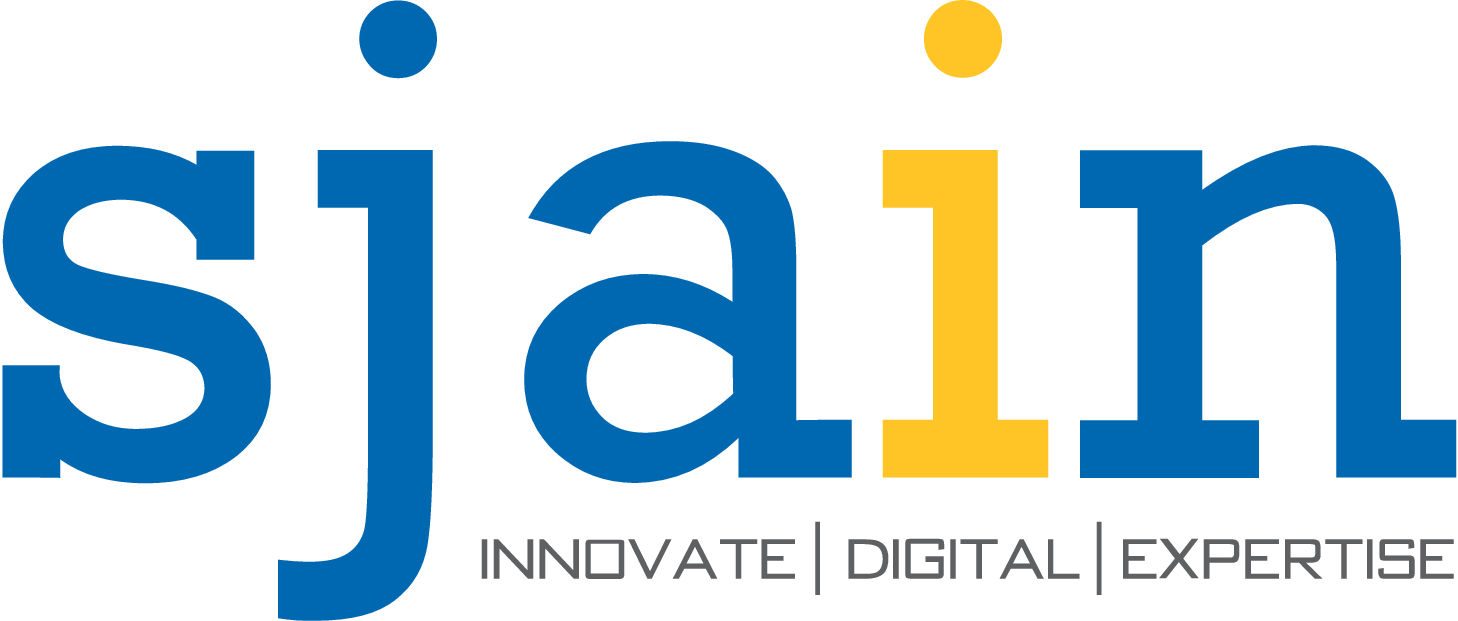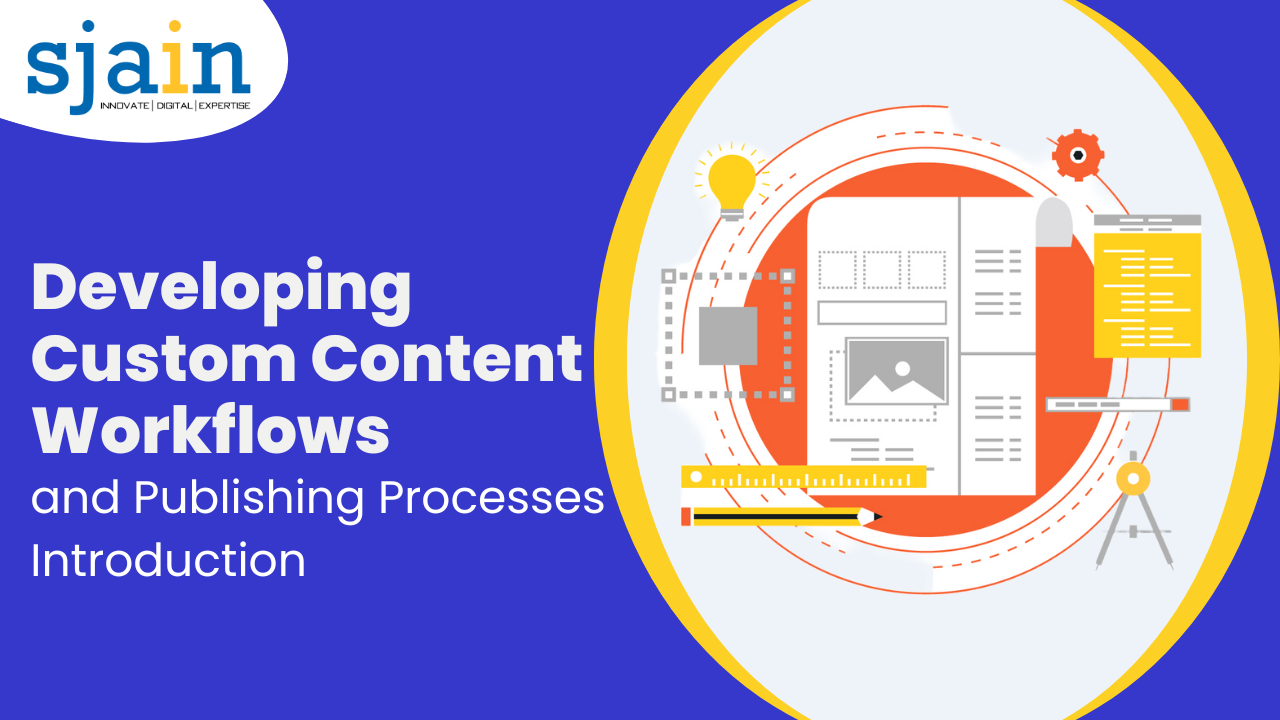Developing Custom Content Workflows and Publishing Processes
Creating and publishing custom content is a vital aspect of any successful digital marketing strategy. It’s not enough to simply write articles and publish them randomly. You need a streamlined workflow and publishing process that ensures that your content is high-quality, consistent, and relevant to your target audience. In this article, we’ll discuss how to develop custom content workflows and publishing processes that will help you achieve your marketing goals.
In today’s fast-paced digital world, it’s not enough to simply publish content. You need to do it quickly and efficiently to stay ahead of the competition. Developing custom content workflows and publishing processes can help you achieve this goal by streamlining your content creation process.
Develop a Custom Content Strategy and Publishing Processes Introduction
Before you can develop a custom content workflow and publishing process, you need to have a solid content strategy in place. This strategy should include your target audience, the topics you want to cover, the types of content you want to create, and the channels you want to use to distribute your content. With a solid content strategy in place, you’ll be able to develop a more effective custom content workflow and publishing process.
Create a Content Calendar
Once you have a content strategy in place, the next step is to create a content calendar. This calendar should outline the topics you want to cover, the types of content you want to create, and the deadlines for each piece of content. By creating a content calendar, you’ll be able to ensure that you’re publishing content consistently and that your content is relevant to your target audience.
Assign Roles and Responsibilities
Developing a custom content workflow and publishing process also requires assigning roles and responsibilities. This means identifying the team members who will be responsible for each step of the content creation process. For example, you may have a writer who is responsible for creating the content, an editor who is responsible for reviewing and editing the content, and a publisher who is responsible for uploading and distributing the content.
Set Up a Workflow
With roles and responsibilities identified, the next step is to set up a custom content workflow. This workflow should outline the steps that your team will take to create and publish content. For example, your workflow may include the following steps:
- Idea generation
- Content creation
- Editing and revisions
- Formatting and design
- Publishing and distribution
Use the Right Tools
To ensure that your custom content workflow and publishing process is efficient, you need to use the right tools. This includes tools for content creation, editing, formatting, and publishing. Some of the tools you may want to consider include:
- Content management systems (CMS)
- Collaboration tools like Google Docs or Trello
- Editing tools like Grammarly or Hemingway
- Design tools like Canva or Adobe Creative Suite
- Publishing tools like Hootsuite or Buffer
Conclusion
Developing custom content workflows and publishing processes is critical to the success of your digital marketing strategy. By creating a solid content strategy, developing a content calendar, assigning roles and responsibilities, setting up a workflow, and using the right tools, you can streamline your content creation process and ensure that your content is high-quality, consistent, and relevant to your target audience. With the right processes in place, you’ll be able to publish content quickly and efficiently, giving you a competitive edge in today’s fast-paced digital world.

